Golf enthusiasts, whether seasoned veterans or enthusiastic beginners, are always on the lookout for equipment that elevates their game. One piece of equipment that has gained significant acclaim recently is the Ben Hogan by Bettinardi Putter. In this article, we’ll explore the legacy of Ben Hogan, the craftsmanship behind Bettinardi’s putters, and how this collaboration creates a putter that truly stands out.
Table of Contents
- Who Was Ben Hogan?
- The Legacy of Ben Hogan
- Introducing Bettinardi Putters
- The Ben Hogan by Bettinardi Putter
- Why Choose the Ben Hogan by Bettinardi Putter?
- Care Tips for Your Putter
- Key Takeaways
- Frequently Asked Questions (FAQs)
Who Was Ben Hogan?
Ben Hogan was more than just a golfer; he was a legendary figure in the sports world. Born in 1912, Hogan’s name is synonymous with excellence in golf. He won nine major championships and is known for his incredible work ethic and focus on the mental aspects of the game. His story is one of resilience; after a near-fatal car accident in 1949, he made a remarkable recovery and returned to golf as a top contender.
Hogan was often lauded for his technical prowess, and he meticulously analyzed every aspect of his swing. His commitment to the game set a standard that current and future golfers strive to meet.
The Legacy of Ben Hogan
Hogan’s impact on golf remains profound. His philosophy is still taught in lessons today, and his swing mechanics illustrate a blend of power and precision. Not only did Hogan succeed on the golf course, but he also influenced future generations of players.
- Core Principles:
- Dedication to practice
- Emphasis on fundamentals
- Strong mental approach to the game
Hogan’s legacy lives on not only through his impressive accolades but also through the brands that bear his name. This includes a line of clubs and, of course, the partnership with Bettinardi Golf.
 Ben Hogan Portrait
Ben Hogan Portrait
Introducing Bettinardi Putters
Founded in 1998, Bettinardi Golf is recognized for its innovative design and high-quality craftsmanship. The company has made a name for itself in the golf industry, particularly in the putter market. Bettinardi’s commitment to quality is evident in their proprietary technologies, including unique milling processes that ensure precision and performance.
Here are a few notable aspects of Bettinardi putters:
- High-Quality Materials: Crafted mostly from stainless steel, offering durability and consistency.
- Precision Engineering: Computer-aided design (CAD) ensures each putter is finely tuned for optimal performance.
- Custom Options: Golfers have the option to personalize and customize their putters to fit their individual styles.
The Ben Hogan by Bettinardi Putter
The Ben Hogan by Bettinardi Putter combines the timeless design philosophies of Ben Hogan’s approach to the game with Bettinardi’s cutting-edge technology. The result is a putter that not only looks stunning but also performs exceptionally well.
Key Features:
- Classic Aesthetic: Drawing inspiration from Hogan’s classic styles while integrating contemporary design.
- Tour-Quality Performance: Designed for serious golfers, following meticulous research and feedback from players and experts.
- Weight Distribution Technology: Optimized for better feel and control.
Models of Ben Hogan by Bettinardi Putters
| Model | Description | Ideal For |
|---|---|---|
| BHB 01 | Sleek blade design for precise control | Low handicap golfers |
| BHB 02 | Mallet design for forgiving putts | Mid to high handicap golfers |
| BHB 03 | Hybrid design for versatility | All players |
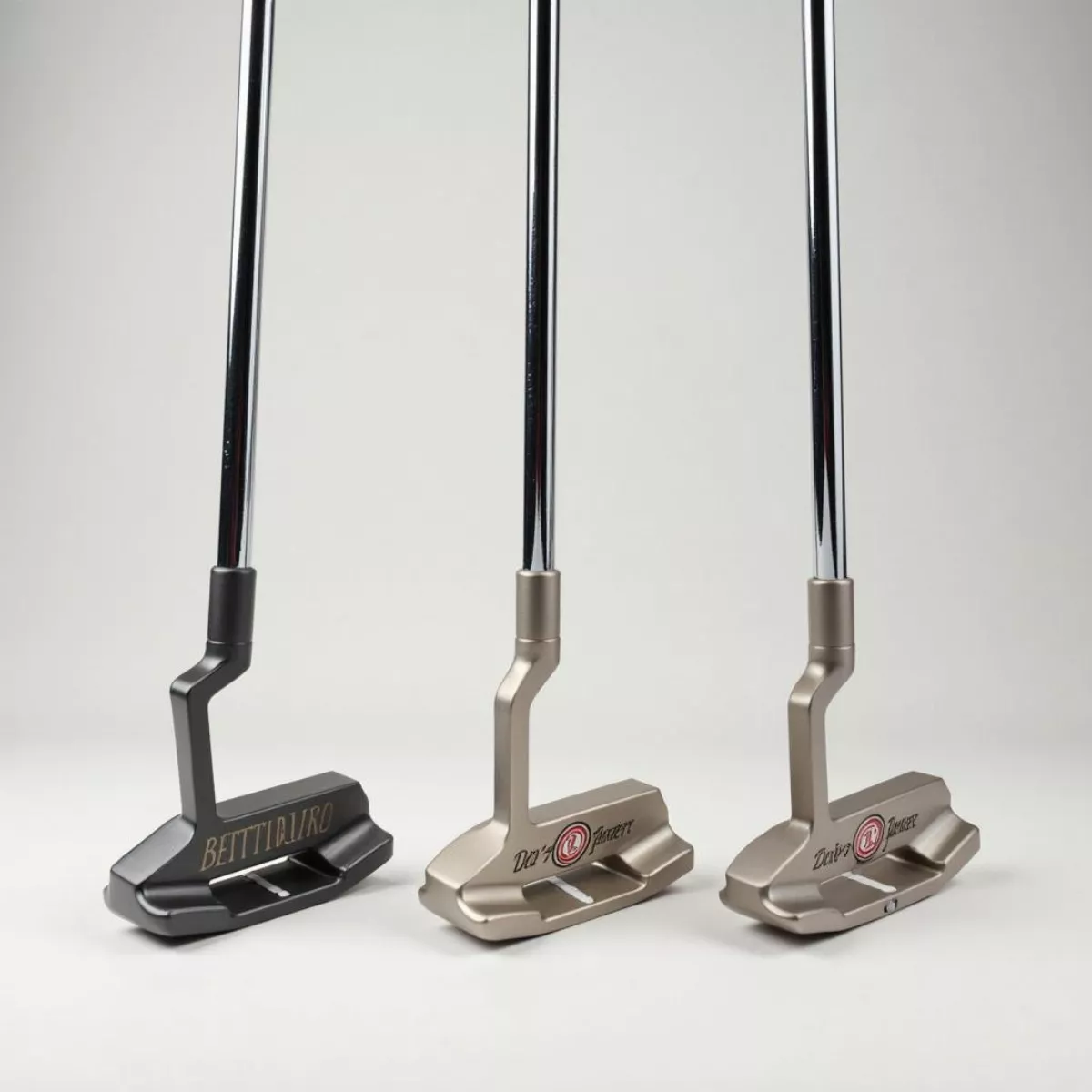 Ben Hogan Putter Lineup
Ben Hogan Putter Lineup
Why Choose the Ben Hogan by Bettinardi Putter?
If you’re considering upgrading your putter, here’s why the Ben Hogan by Bettinardi Putter should be on your radar:
- Feel and Feedback: Known for providing exceptional feel during impact, enhancing your coordination.
- Consistency: The technology incorporated into each putter leads to better distance control and accuracy.
- Heritage: Using a putter designed with Ben Hogan’s insights allows you to connect with a piece of golf history.
Care Tips for Your Putter
Taking good care of your putter is essential for maintaining its performance and feel. Here are some simple tips to follow:
- Clean Your Putter Regularly: Wipe down the face after every round to remove dirt and debris.
- Store Properly: Keep your putter in a protective headcover when not in use to avoid dings and scratches.
- Avoid Extreme Temperatures: Keep your putter in a moderate environment as extreme temperatures can affect materials.
 Cleaning Golf Putter
Cleaning Golf Putter
Key Takeaways
- Ben Hogan was a legendary figure in golf whose principles still resonate today.
- Bettinardi produces high-quality putters known for precision engineering and customization.
- The Ben Hogan by Bettinardi Putter melds timeless design with modern technology for superior performance and feel.
- Proper care extends the life of your putter and maintains its performance.
Frequently Asked Questions (FAQs)
- What is the price range of the Ben Hogan by Bettinardi Putters?
- Prices typically range from $250 to $400 depending on the model and features.
- Are these putters suitable for all skill levels?
- Yes, there are models designed to cater to various handicaps, from beginners to seasoned players.
- Can I customize my Ben Hogan by Bettinardi Putter?
- Yes, Bettinardi offers various customization options for you to personalize your putter.
- What materials are used in the Ben Hogan by Bettinardi Putters?
- Primarily stainless steel, offering both durability and excellent performance characteristics.
- How do I know which model is right for me?
- It’s best to try different models through a fitting session or at a local pro shop.
- Is there a warranty on these putters?
- Yes, Bettinardi typically offers a limited warranty for their putters. Check the product details for specific terms.
- Where can I buy the Ben Hogan by Bettinardi Putters?
- You can purchase these putters from the official Bettinardi site or authorized retailers.
- How do I clean my putter effectively?
- Use warm soapy water and a soft brush to clean the face and hosel; always dry it thoroughly after cleaning.
- Does using this putter improve my putting skills?
- While it cannot replace practice, its design enhancements can benefit your feel and accuracy.
- What is the average weight of a Ben Hogan by Bettinardi Putter?
- Most models are around 330-350 grams, but it varies depending on the design.
In conclusion, the Ben Hogan by Bettinardi Putter is more than just a piece of golf equipment; it’s a homage to golf’s rich history and a testament to innovative design. Whether you’re a beginner or a seasoned pro, investing in this putter could prove to be a game-changer. Embrace the legacy, enjoy the performance, and elevate your game on the greens!
If you’re interested in learning more about golf equipment or other golfing tips, be sure to check out our related articles on Golf Essentials and Improving Your Game. Happy putting!
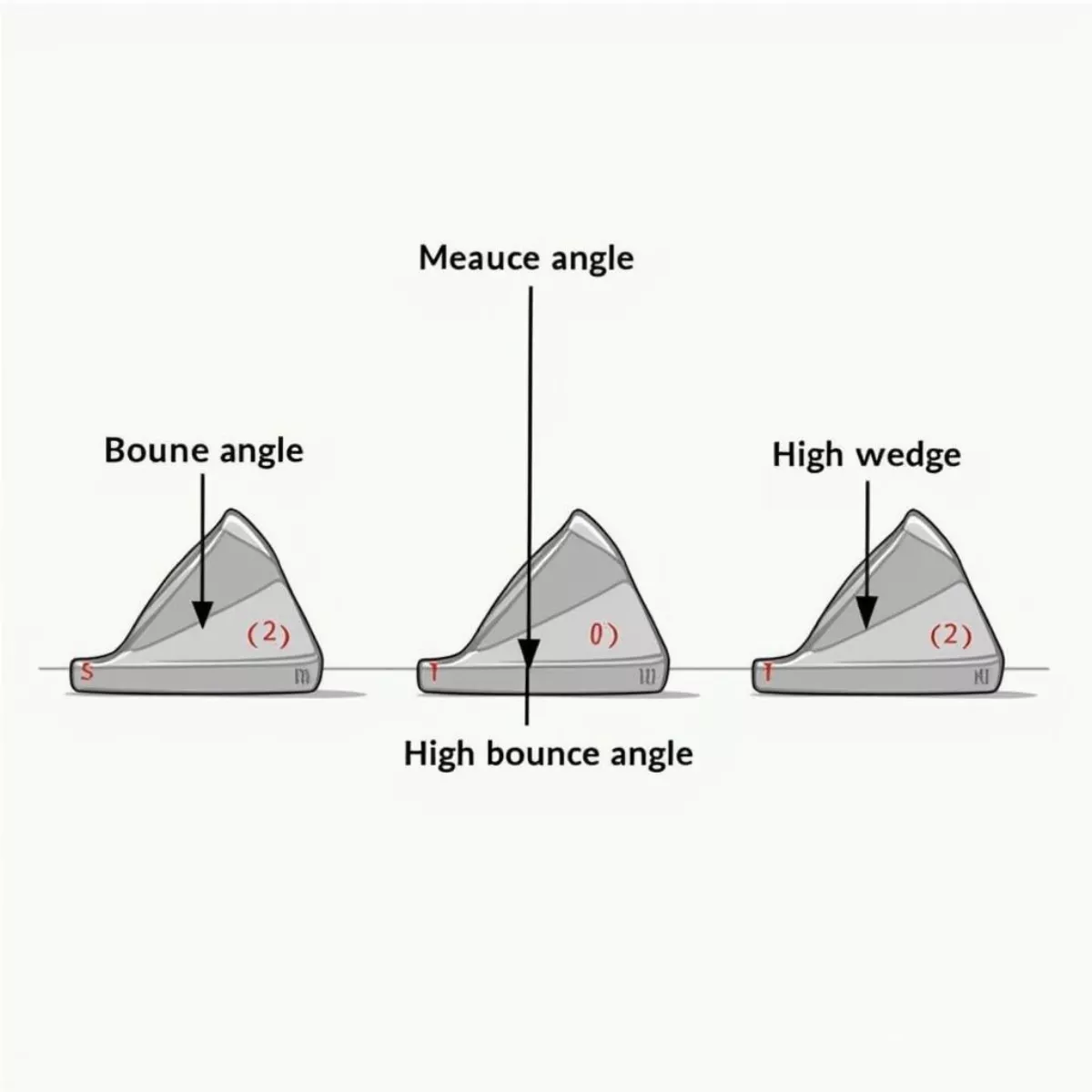
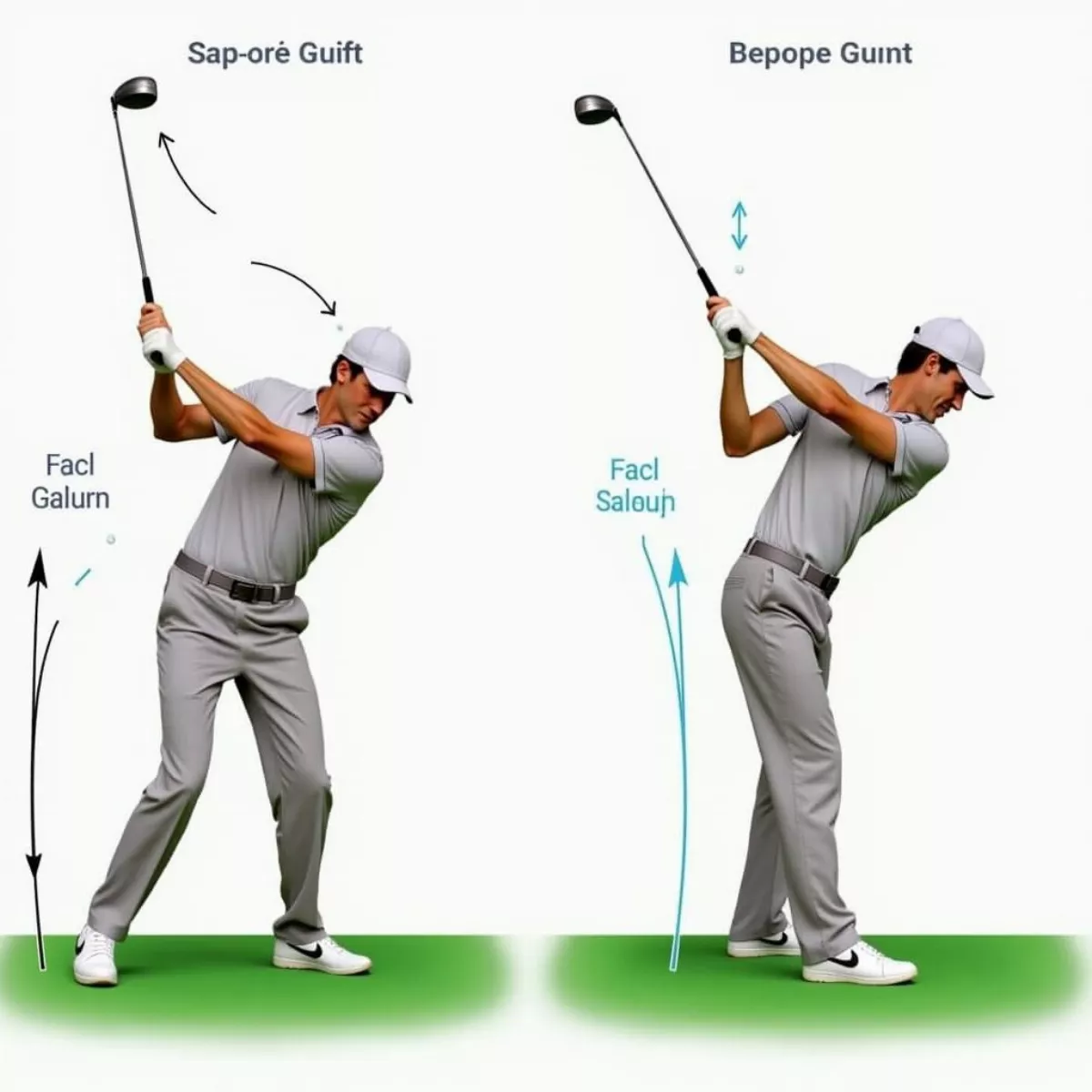 Different Golf Swing Types and Bounce
Different Golf Swing Types and Bounce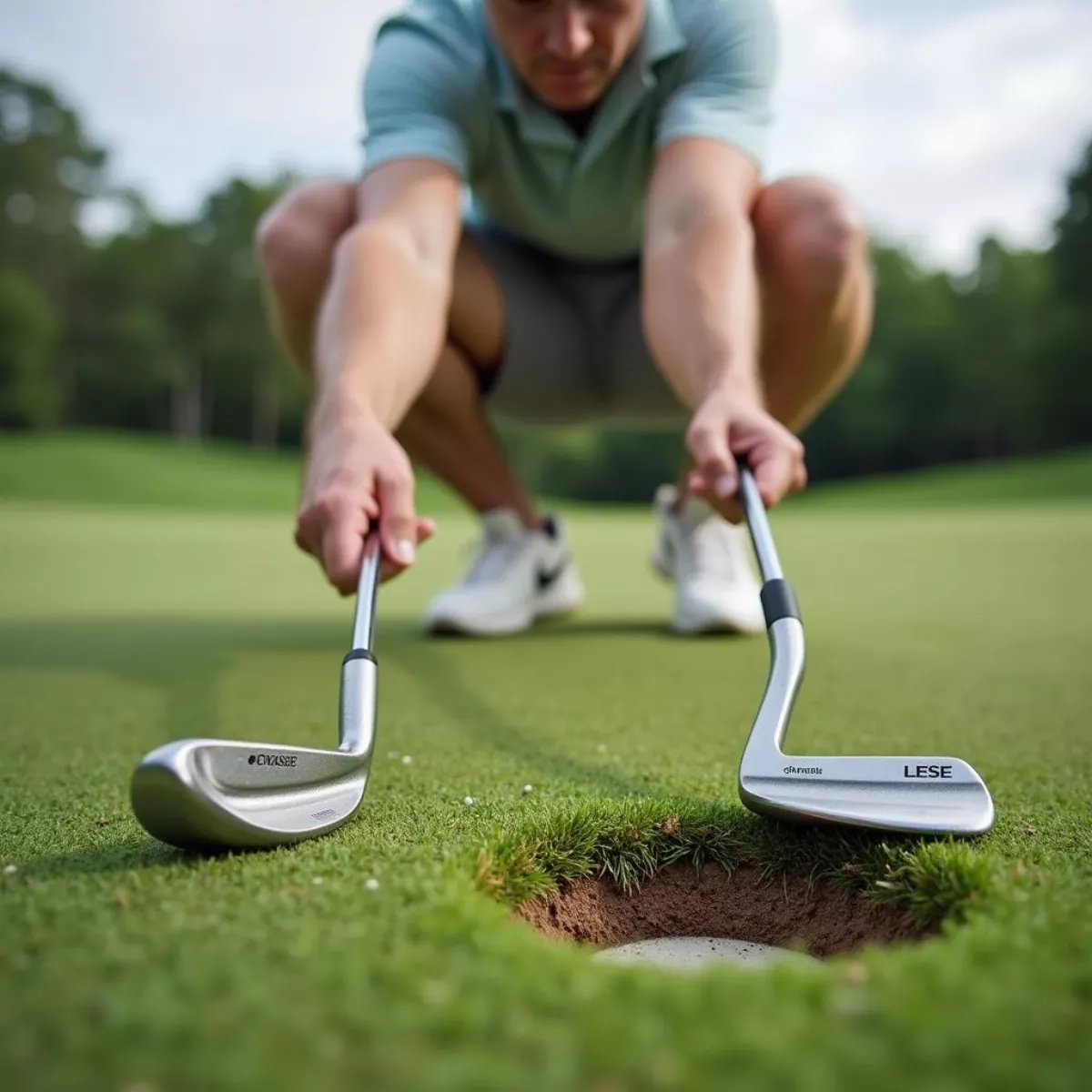 Golfer Selecting Wedge Based on Turf Conditions
Golfer Selecting Wedge Based on Turf Conditions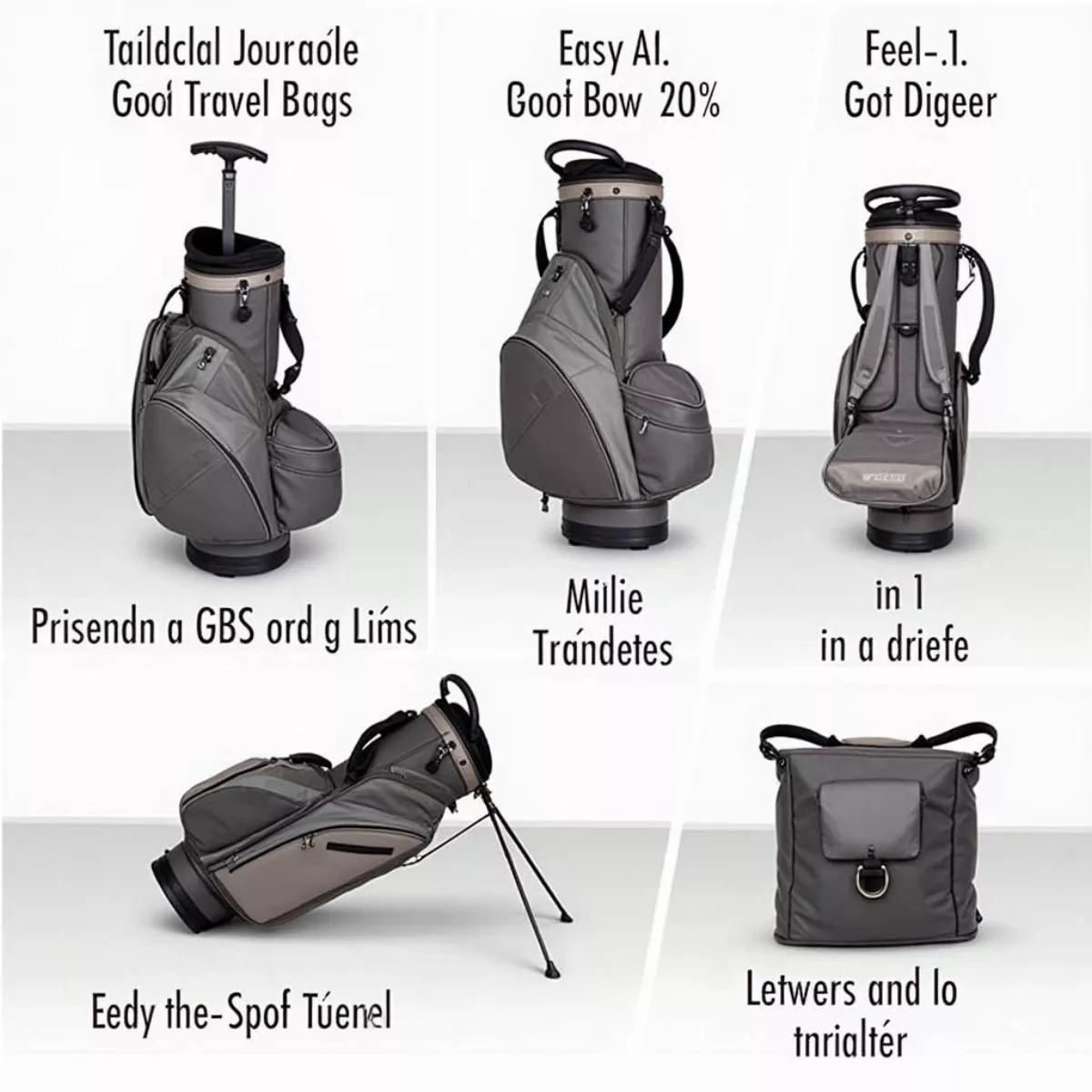
 Packing golf clubs for travel
Packing golf clubs for travel Packing a car for a golf trip
Packing a car for a golf trip Using a golf course finder app
Using a golf course finder app Golfer relaxing after a game
Golfer relaxing after a game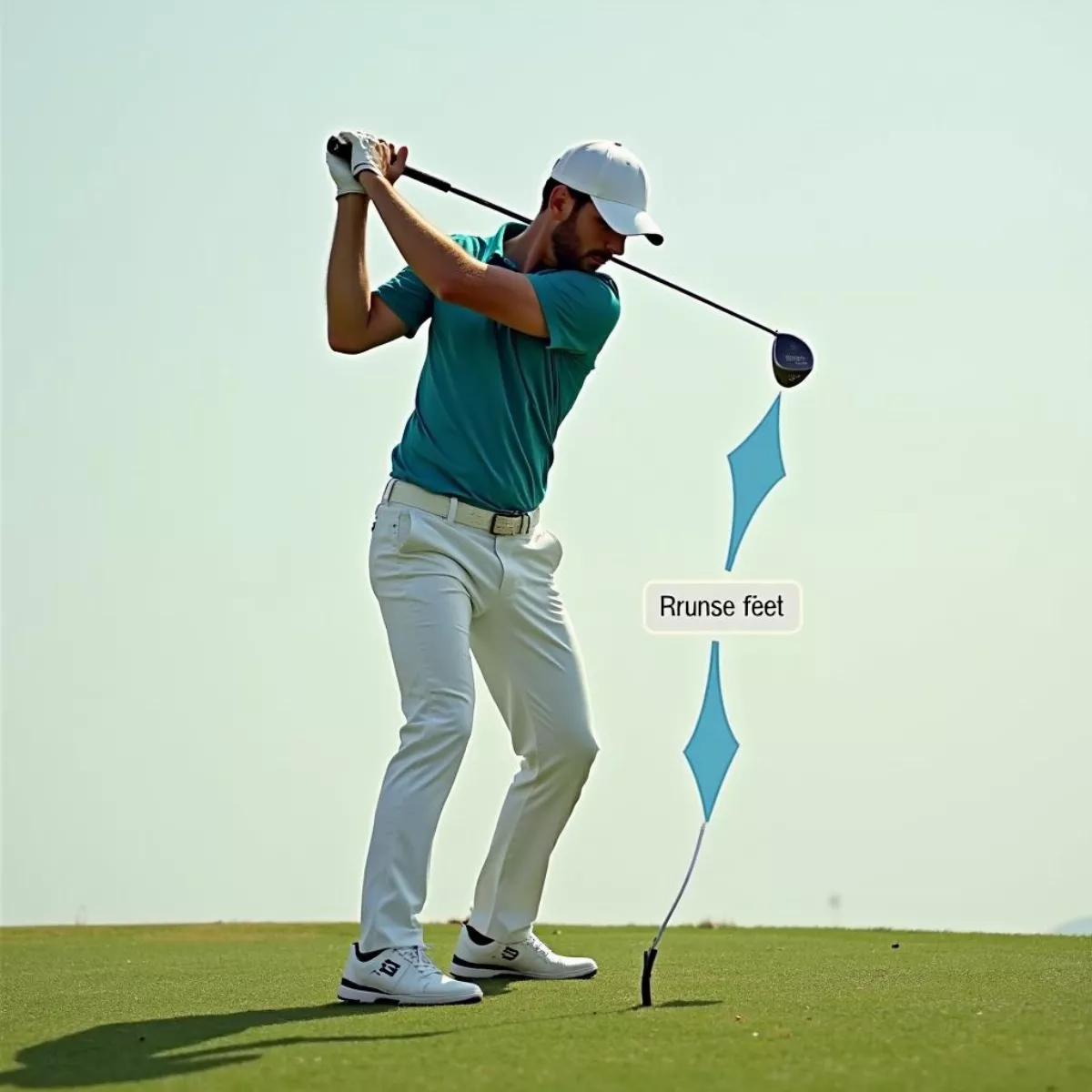
 Golfer performing a weight transfer drill
Golfer performing a weight transfer drill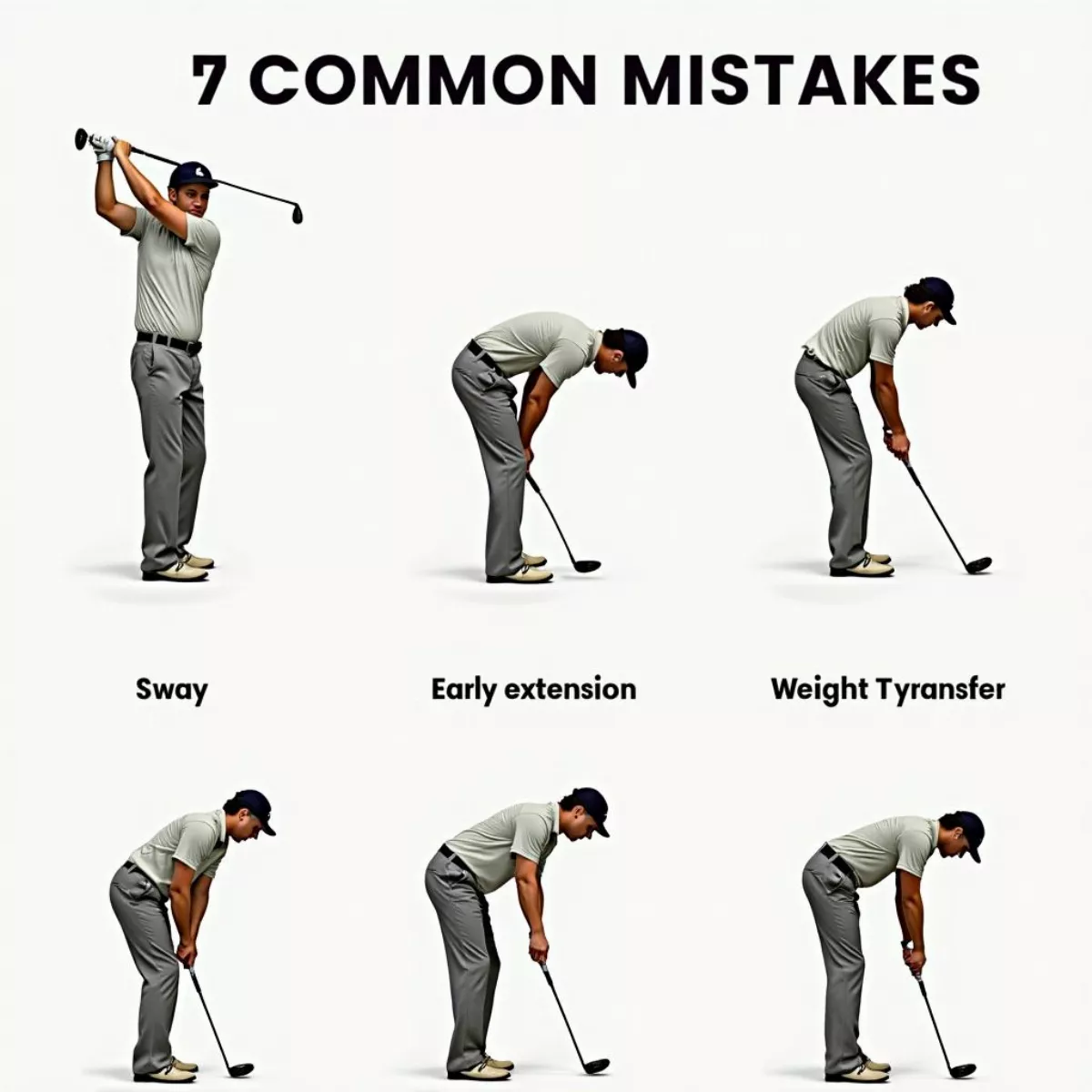 Illustrations depicting common golf swing errors
Illustrations depicting common golf swing errors
 Scenic Hiking Trail in Catalina Mountains
Scenic Hiking Trail in Catalina Mountains Residents Socializing at Saddlebrooke
Residents Socializing at Saddlebrooke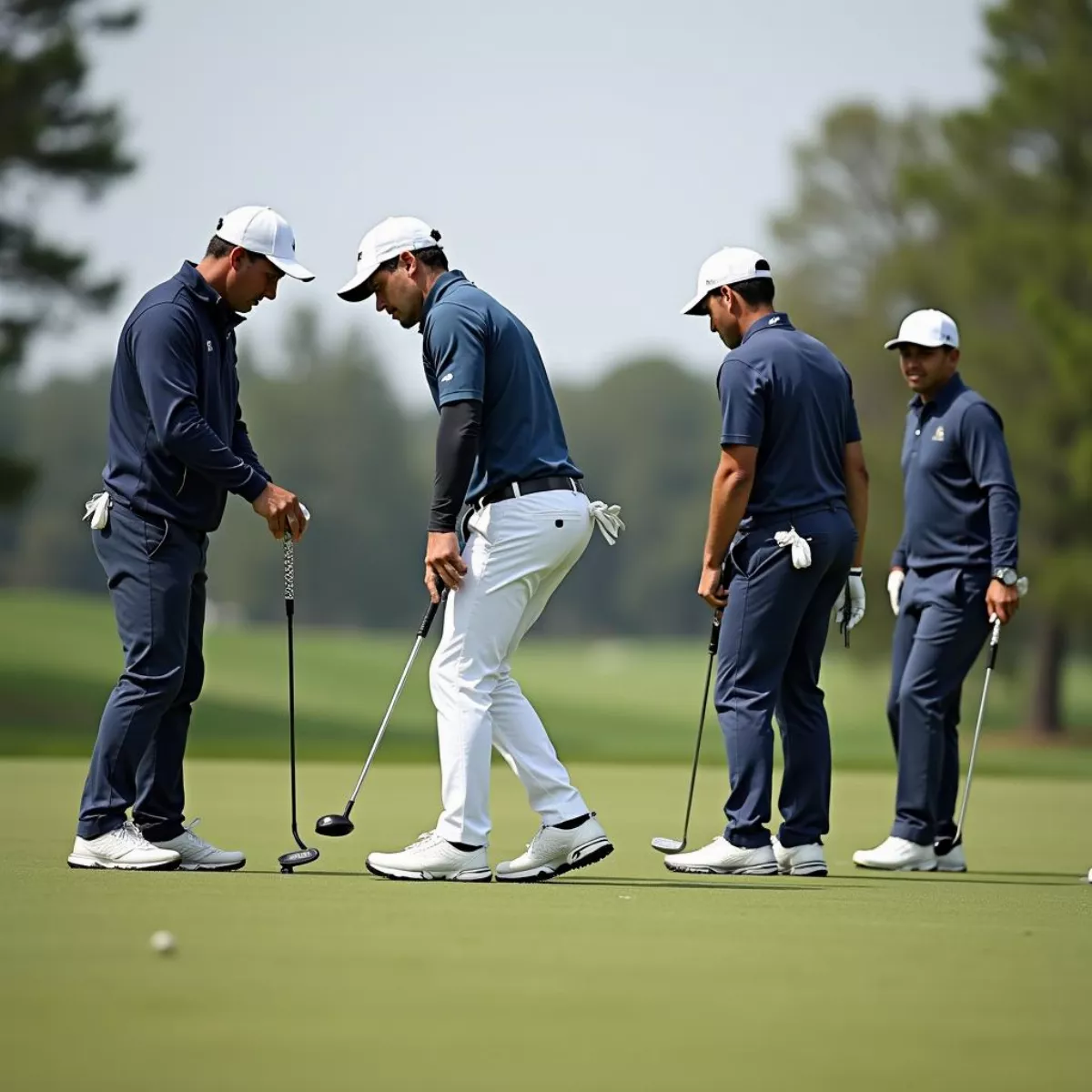
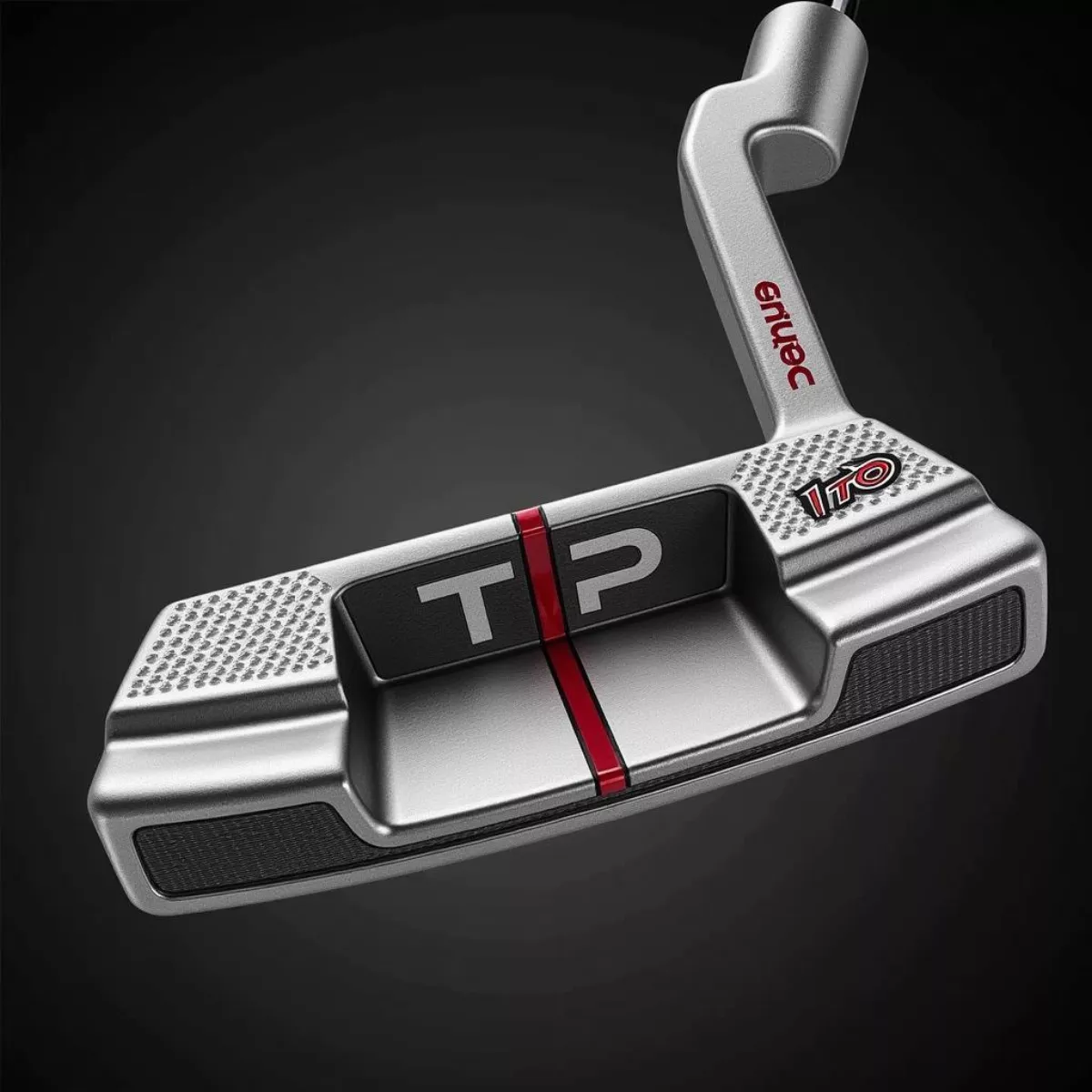 Close-up of TaylorMade TP Hydro Blast Putter Head
Close-up of TaylorMade TP Hydro Blast Putter Head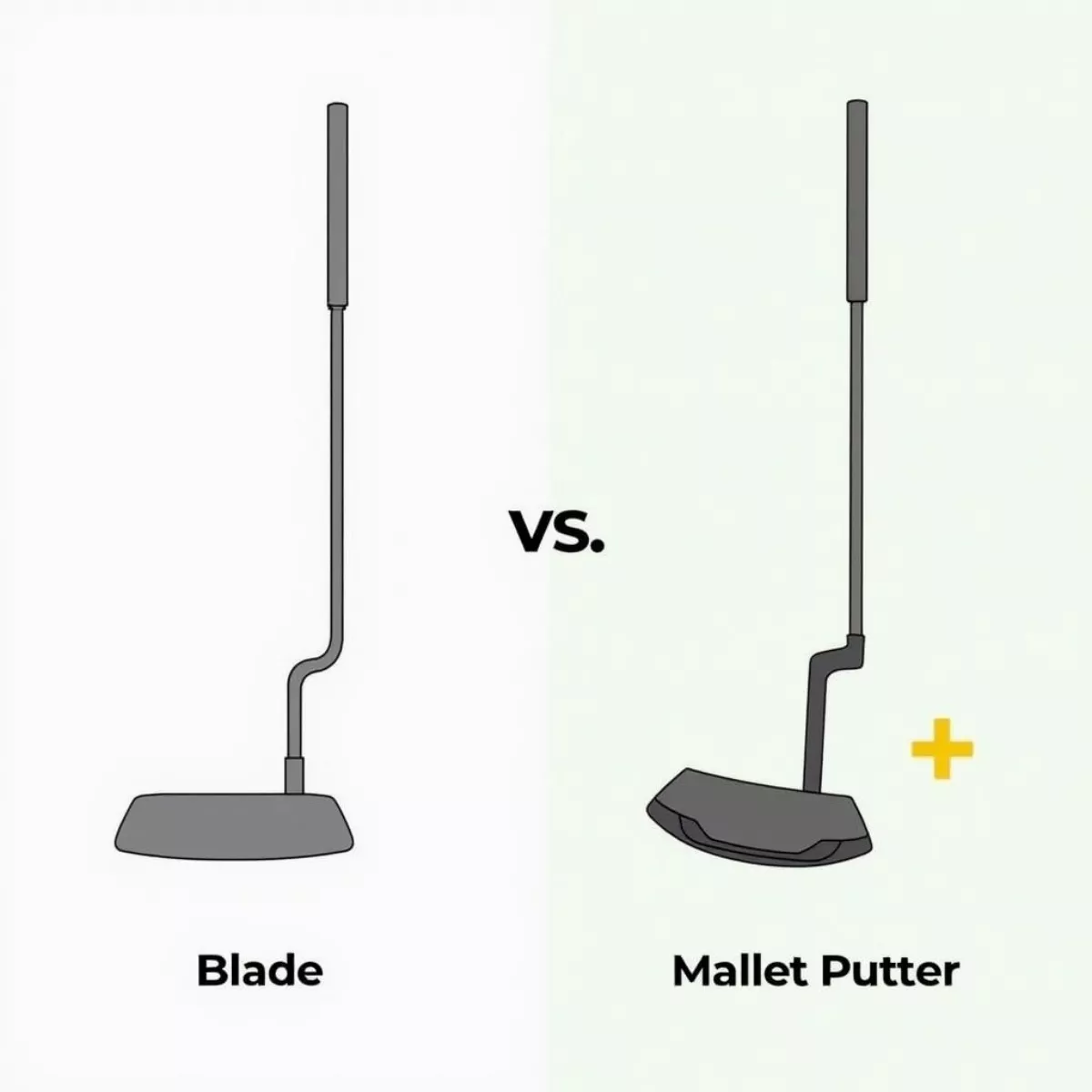 Comparison of Blade and Mallet Putters
Comparison of Blade and Mallet Putters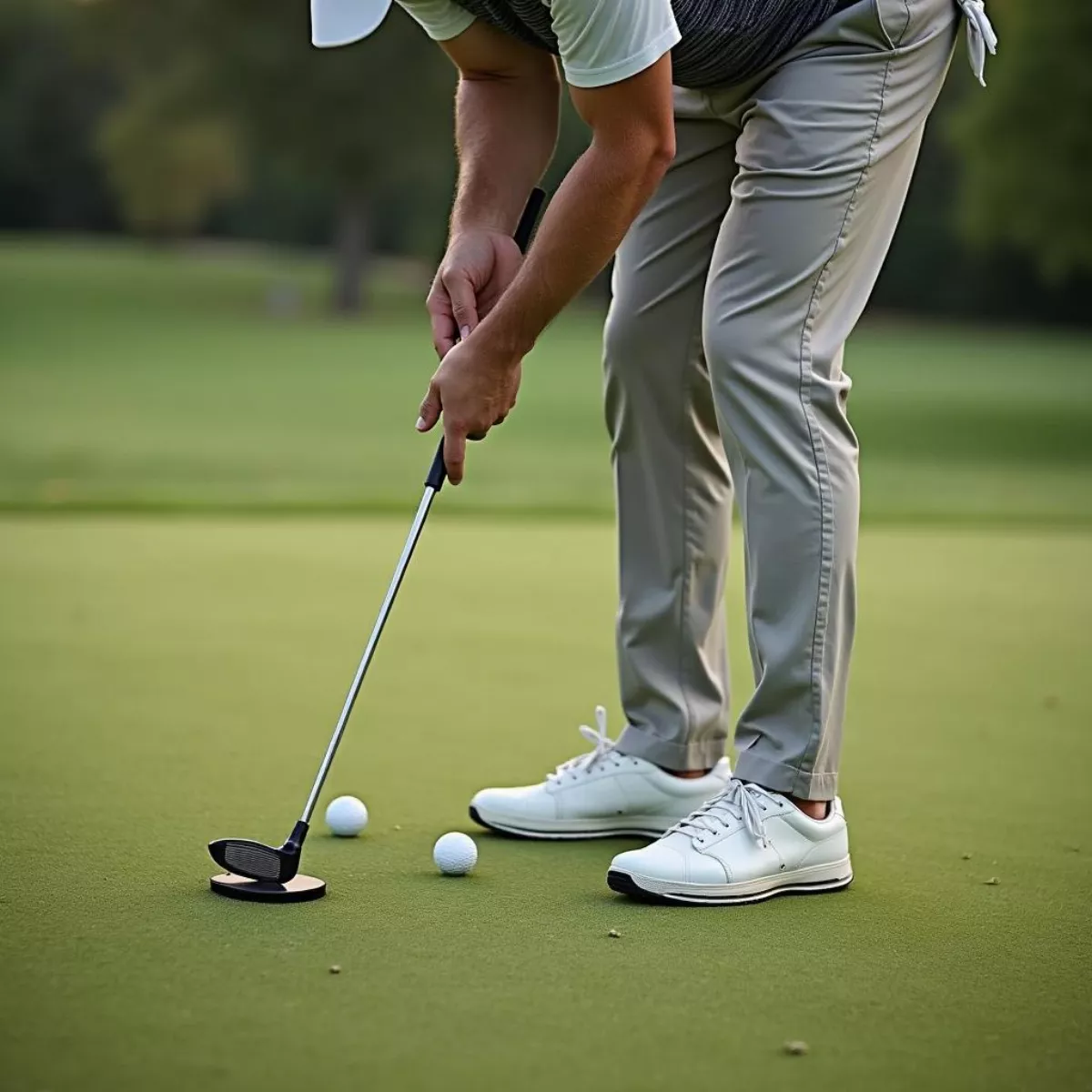 Golfer Analyzing Putting Stroke with Alignment Tool
Golfer Analyzing Putting Stroke with Alignment Tool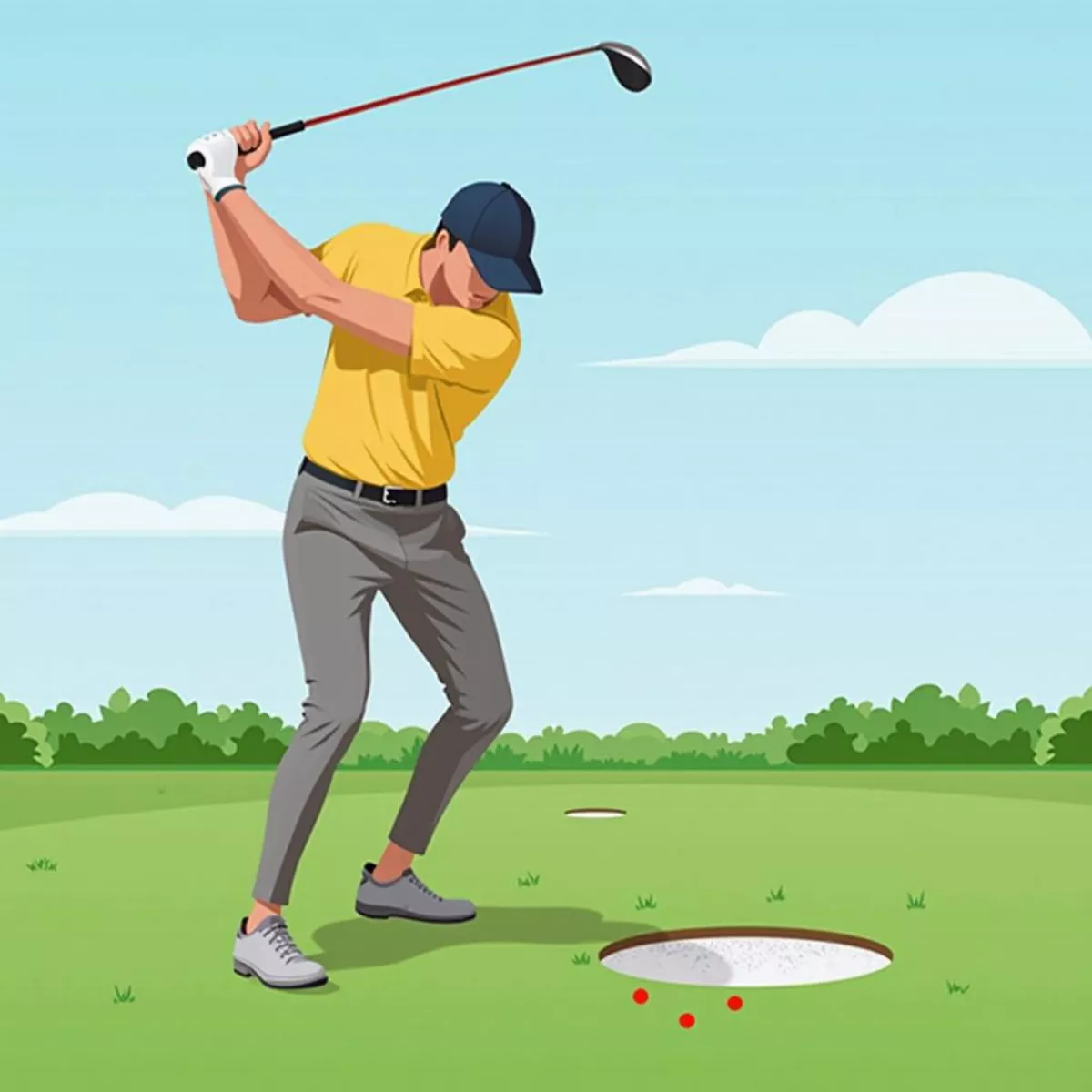
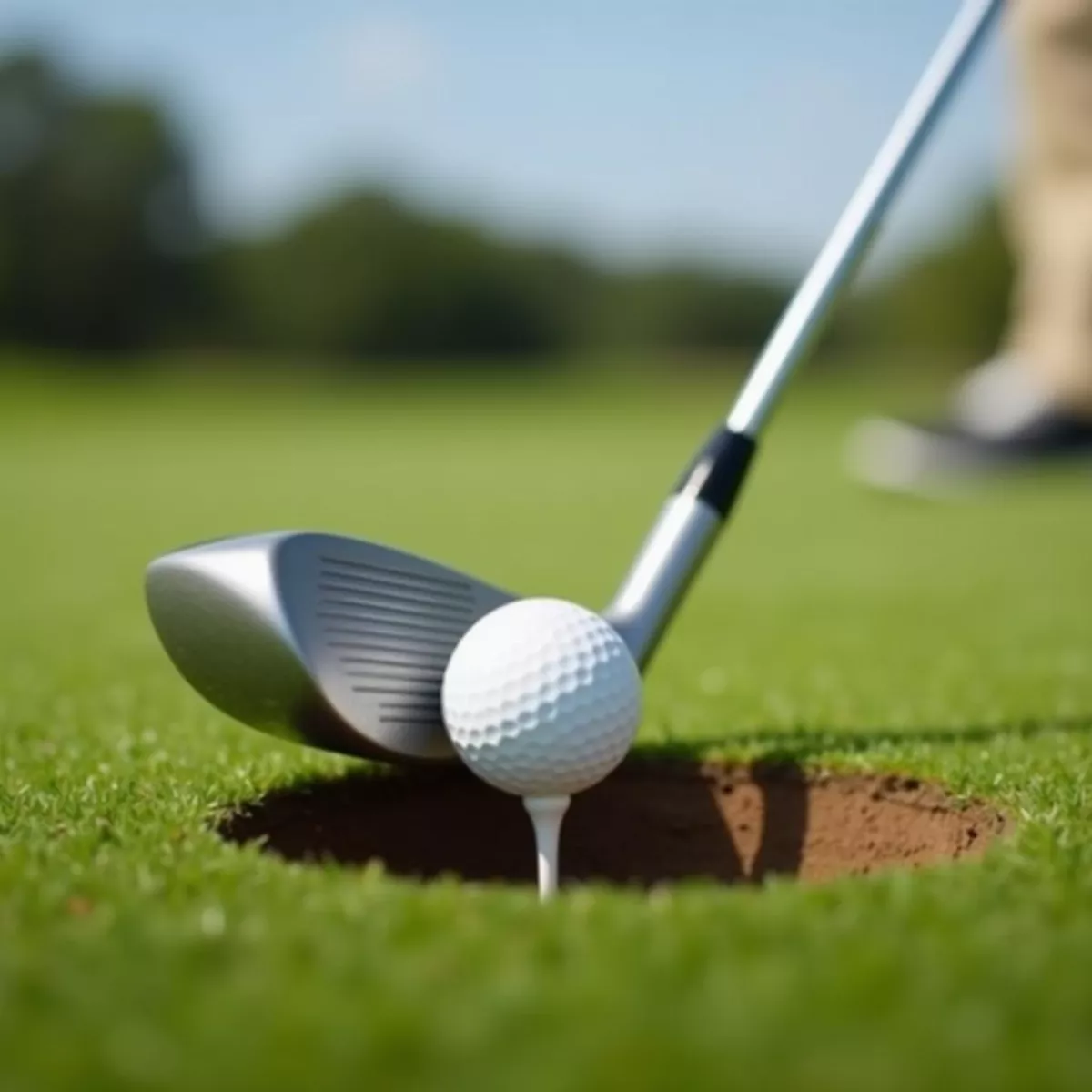 Golf club hitting ball and creating divot
Golf club hitting ball and creating divot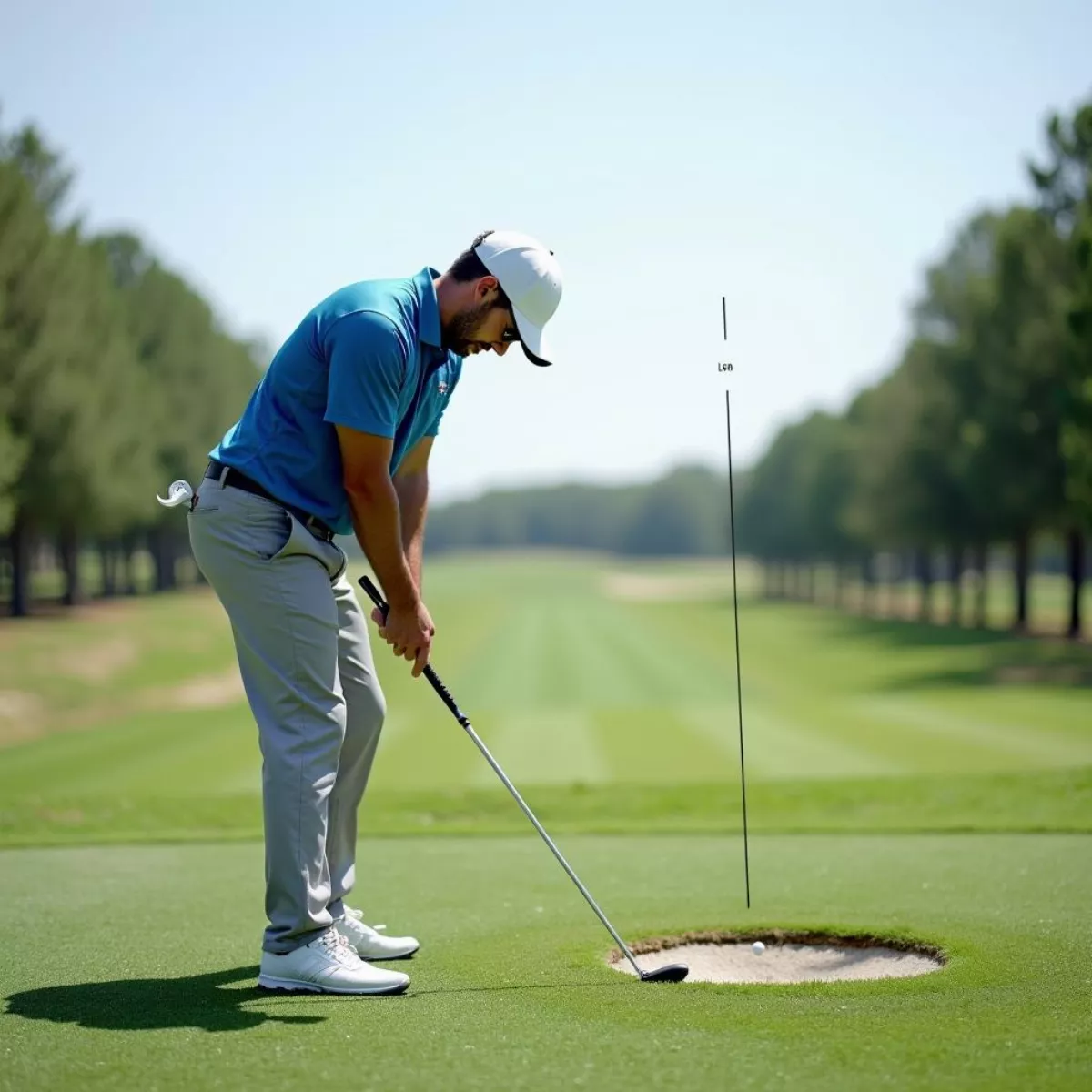 Golfer practicing divot drills
Golfer practicing divot drills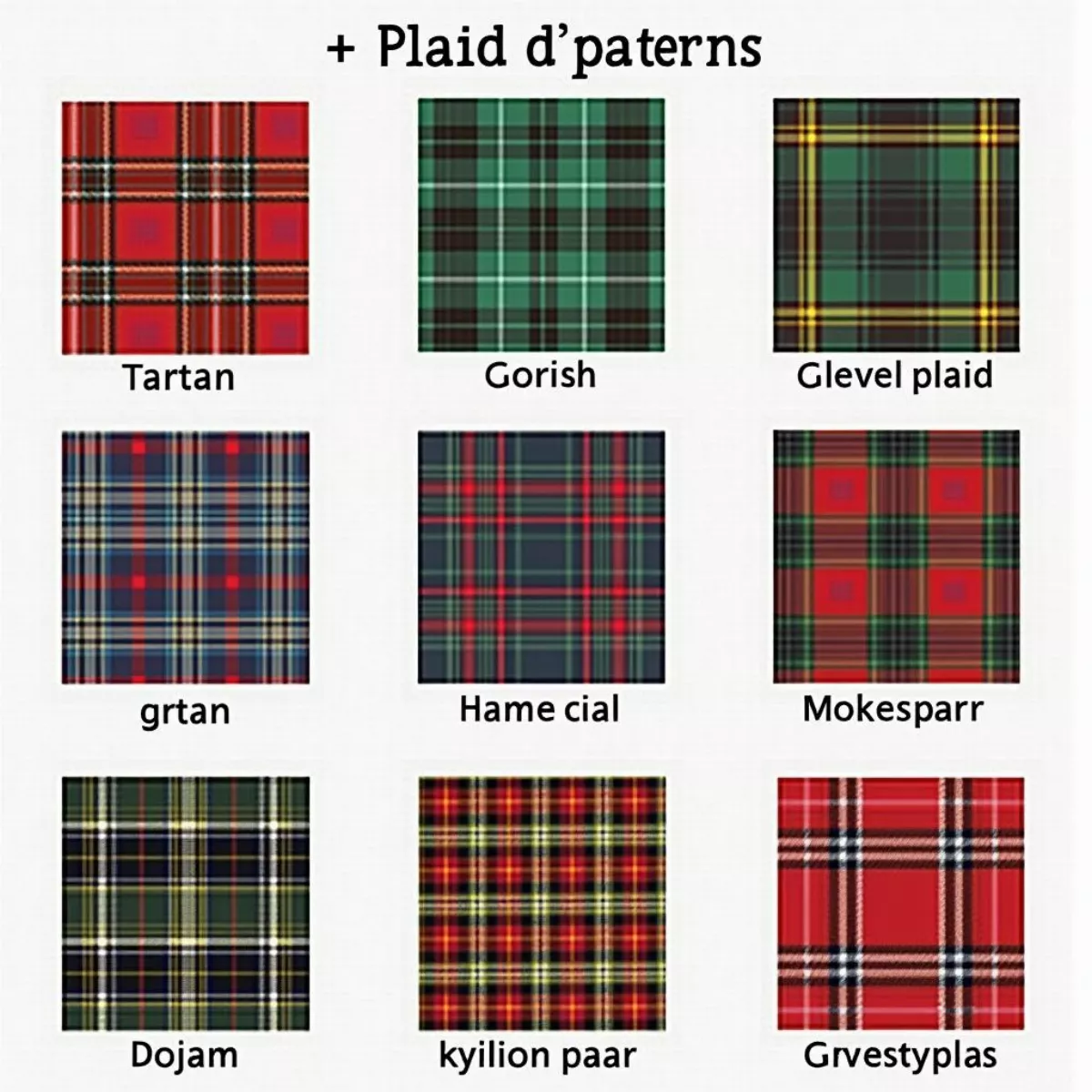
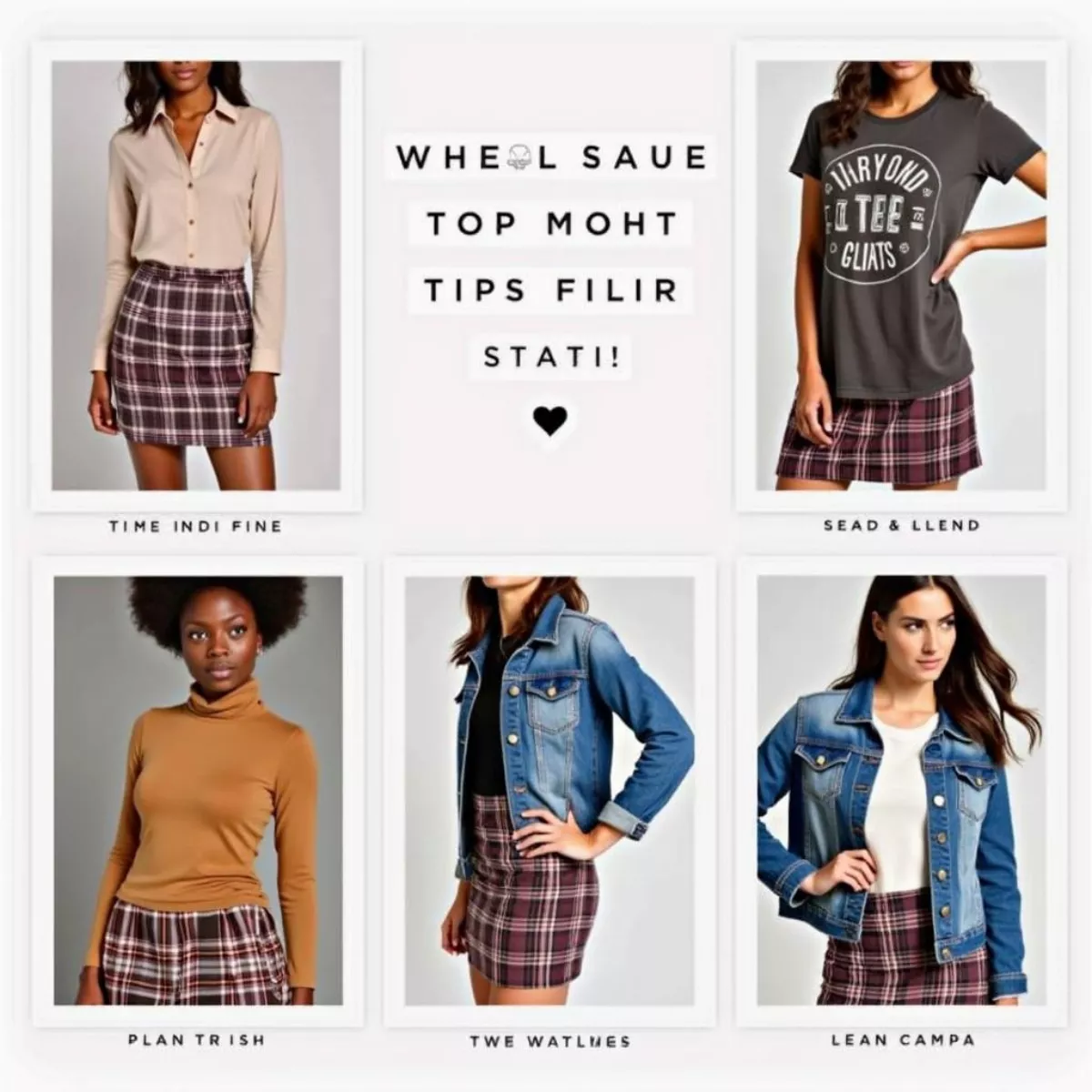 Different Tops Paired with Plaid Skirts
Different Tops Paired with Plaid Skirts Footwear Styles for Plaid Skirts
Footwear Styles for Plaid Skirts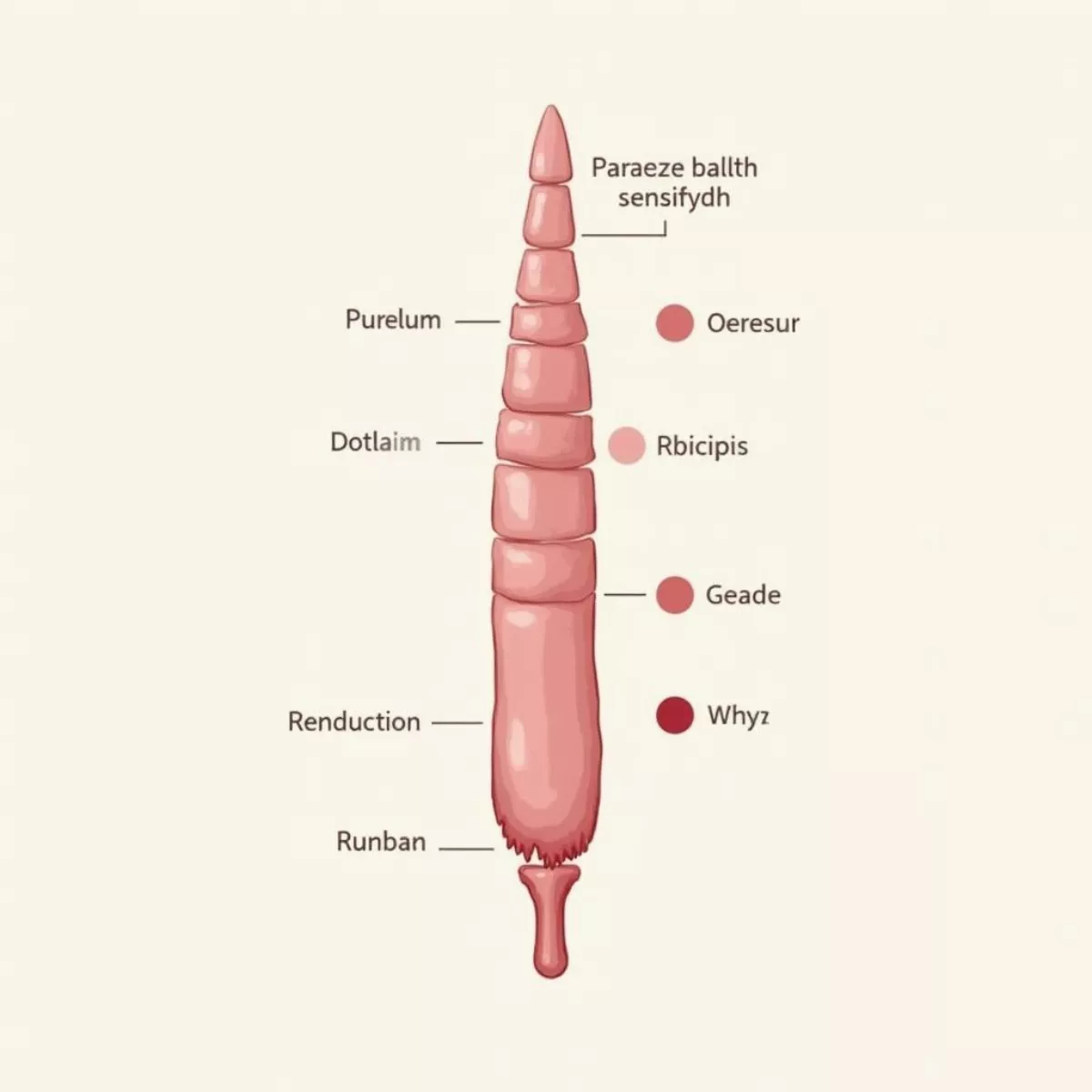
 Various Lubricant Types for Intimacy
Various Lubricant Types for Intimacy Open Communication During Intimate Moments
Open Communication During Intimate Moments